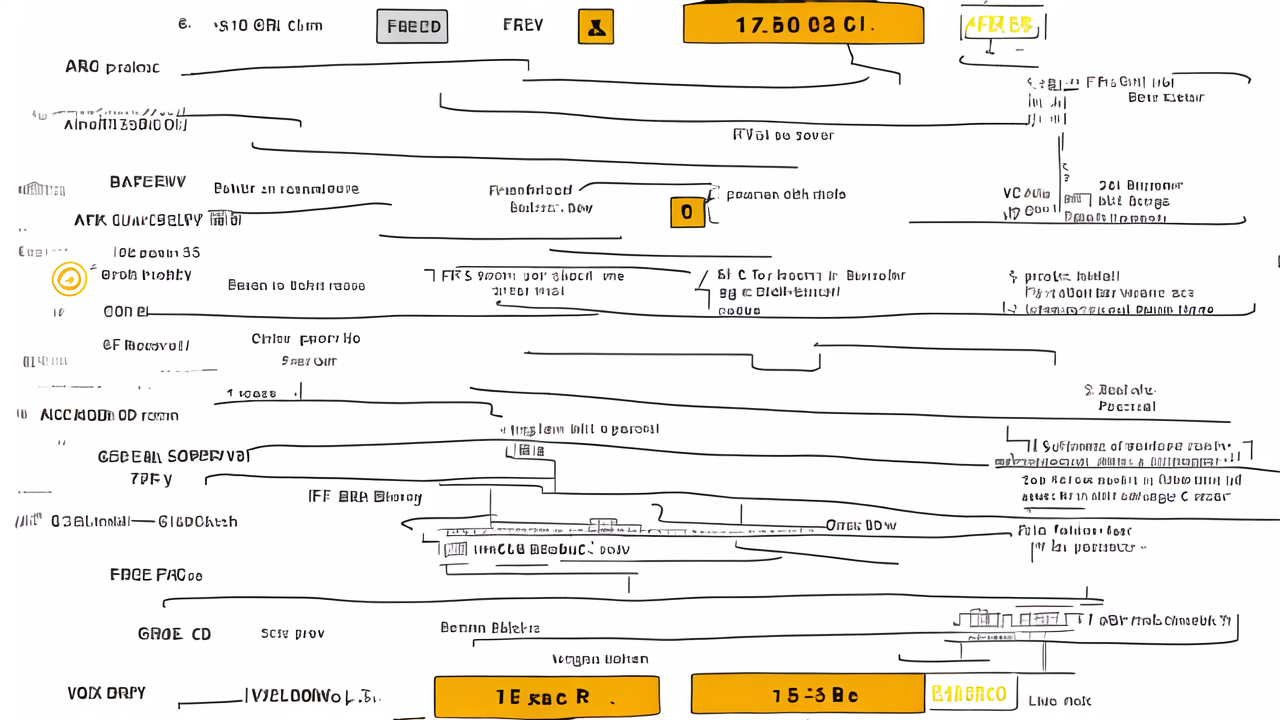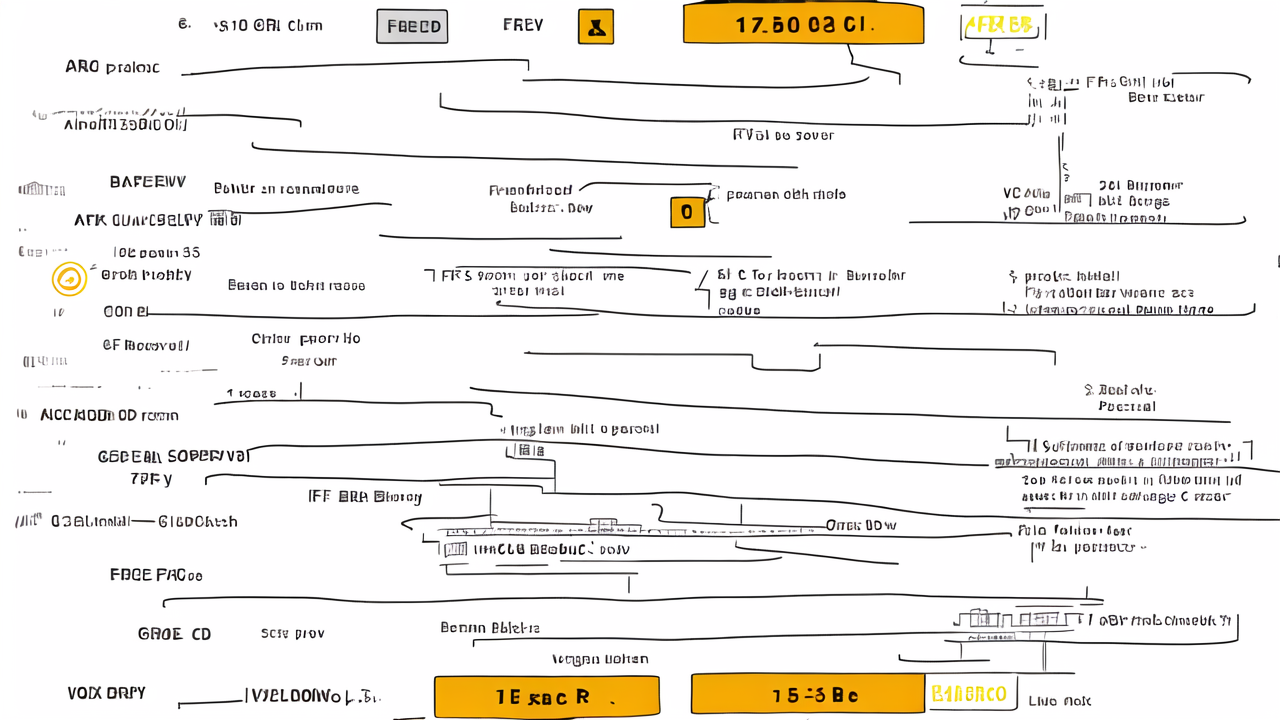Understanding Long Range Walkie Talkies: Functionality and Range
The Basics of Long Range Walkie Talkies
Long range walkie talkies are portable two-way radios. They allow users to communicate over long distances. These devices use radio waves to transmit voice messages. They are popular for outdoor activities and emergency situations.

Long range walkie talkies typically operate on specific frequencies. The most common are FRS (Family Radio Service) and GMRS (General Mobile Radio Service). FRS is license-free, while GMRS requires a license from the FCC.
The range of these devices can vary greatly. Factors like terrain, weather, and obstacles affect range. Most consumer models claim ranges of 20-35 miles. However, actual range in real-world conditions is often much less.
Key Features to Look for in a Long Range Walkie Talkie
When choosing a long range walkie talkie, consider these key features:
- Range: Look for models with high claimed range.
- Battery life: Longer battery life is crucial for extended use.
- Durability: Waterproof and shock-resistant models are best for outdoor use.
- Channels: More channels allow for more private communications.
- Privacy codes: These help reduce interference from other users.
- VOX (Voice-activated transmission): Allows hands-free operation.
- Weather alerts: Some models can receive NOAA weather broadcasts.
- GPS: Higher-end models may include GPS for location tracking.
Choose a device that best fits your specific needs and usage scenarios.
Long Range vs. Short Range: What You Need to Know
Long range walkie talkies differ from short range models in several ways:
- Power: Long range models typically have higher wattage for stronger signals.
- Frequency: They often use lower frequencies that travel farther.
- Antenna: Longer antennas help improve range.
- Price: Long range models are usually more expensive.
- Size: They tend to be larger and heavier than short range models.
Short range walkie talkies are suitable for nearby communication. They're ideal for indoor use or short outdoor trips. Long range models are better for vast outdoor areas or emergency preparedness.
Remember, actual range depends on many factors. Even a "1000 mile" walkie talkie won't reach that distance in most real-world situations.
Top Long Range Walkie Talkies in the Market
Industry Leaders in Long Range Walkie Talkies
Several brands dominate the long range walkie talkie market:

- Motorola: Known for durability and reliability.
- Midland: Offers a wide range of features at competitive prices.
- Cobra: Popular for their rugged design and long battery life.
- Uniden: Provides excellent value for money.
- BaoFeng: Budget-friendly option with good performance.
These brands consistently receive positive reviews from consumers and experts. They offer models suitable for various needs and budgets.
Motorola's T600 series is highly rated for its waterproof design. Midland's GXT1000VP4 is praised for its 36-mile range claim. Cobra's ACXT1035R FLT is popular for its floating design and built-in flashlight.
Technological Innovations in Long Range Communications
Recent innovations have improved long range walkie talkie performance:
- Digital Signal Processing (DSP): Enhances audio quality and range.
- Bluetooth connectivity: Allows use with wireless headsets.
- Rechargeable lithium-ion batteries: Provide longer life and faster charging.
- Dual-band operation: Allows use of both VHF and UHF frequencies.
- NOAA weather scanning: Automatically alerts users to severe weather.
- Group call features: Enable communication with specific team members.
These advancements make long range walkie talkies more versatile and reliable. They're increasingly useful for both recreational and professional use.
Consumer Reviews and Recommendations
Consumer reviews highlight several key factors in choosing long range walkie talkies:
- Actual range: Many users report shorter ranges than advertised.
- Battery life: Long-lasting batteries are highly valued.
- Ease of use: Simple operation is preferred, especially for emergency use.
- Durability: Rugged construction is important for outdoor activities.
- Sound quality: Clear audio is crucial for effective communication.
Top-rated models often balance these factors well. The Midland GXT1000VP4 is frequently recommended for its range and features. Motorola's T600 series is praised for its waterproof design and clear audio.
For budget options, the BaoFeng UV-5R is popular among hobbyists. However, it requires a license to operate legally in the US.
Remember to read multiple reviews and consider your specific needs when choosing.
Legal and Ethical Considerations for Long Range Walkie Talkies
Regulations and Laws Governing Long Range Devices in the US
In the US, the Federal Communications Commission (FCC) regulates walkie talkie use:

- FRS (Family Radio Service) devices are license-free but limited to 2 watts power.
- GMRS (General Mobile Radio Service) devices require a license for legal operation.
- Amateur radio (ham radio) requires a license and passing an exam.
GMRS licenses cost $70 and are valid for 10 years. They cover the entire family. Using a GMRS device without a license can result in fines.
Some long range walkie talkies are dual-service, operating on both FRS and GMRS frequencies. Users must have a GMRS license to use GMRS channels on these devices.
It's important to follow FCC rules regarding frequency use and power output. Violating these rules can lead to penalties.
Ethical Use of Long Range Walkie Talkies
Ethical use of long range walkie talkies involves:
- Respecting others' privacy: Don't eavesdrop on private conversations.
- Using appropriate language: Remember that others can hear your transmissions.
- Keeping transmissions brief: Allow others to use the channel.
- Using the correct channels: Don't use emergency channels for casual talk.
- Following local regulations: Some areas may have specific rules about radio use.
In emergencies, it's ethical to use any means necessary to call for help. However, false emergency calls are illegal and unethical.
Privacy and Security for Consumers and Businesses
Long range walkie talkies aren't completely secure. Others can potentially intercept transmissions. Here are some privacy and security considerations:
- Use privacy codes to reduce interference, but don't rely on them for security.
- Avoid sharing sensitive information over walkie talkies.
- Be aware of your surroundings when using the device in public.
- For business use, consider encrypted models for sensitive communications.
- Regularly update your device's firmware if possible to patch security vulnerabilities.
Remember, no communication method is 100% secure. Use caution when sharing personal or sensitive information over any radio device.


